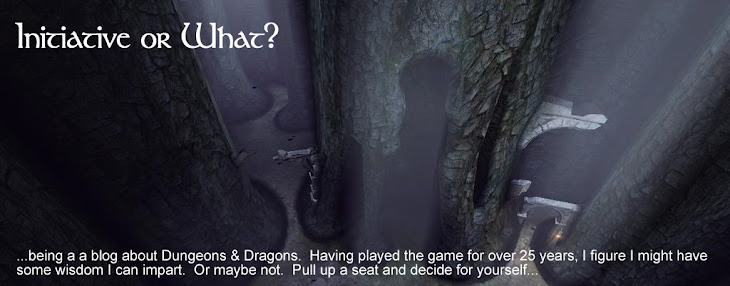Let's take a look, shall we? (Remember to click on the linked image to get the full-sized one)

There are only four Secundi that serve the Greater Modron Hierarchy. These beings are the rulers of the four sectors of Nirvana and report directly to Primus the One. With nearly god-like powers, the Secundi (singular: Secundus) Hierarchs rule their domains and interact peacefully. The only occasion on which this peace is disturbed is in the event that something happens to Primus the One. Should something happen to Primus the One, the Secundi Hierarchs go to battle to determine who will be the next Primus.
And now, for the grand finale. Initiative or What? is proud to present the grand-daddy of all Modrons: The Aspect of Primus (The One and the Prime). Primus is actually a being with a power level similar to a minor deity, but occasionally, his Aspect is required to address situations that gravely effect the Plane of Nirvana. If the Aspect of Primus calls upon you, you're probably not going to have a very good day.

Primus (The One) is the ruler and god-like power that controls the Modron Hierarchy and the plane of Nirvana itself. While the being's origins are uncertain, it's probable that Primus was likely a Primordial before ascending to his current position as ruler of the Modrons. In the unlikely case that an Aspect of Primus (The One) is destroyed, a new one is created from a Secundus after a battle between the four decides which one is best suitable. During such chaotic times, the plane of Nirvana is virtually locked down in order to insure a logical progression.
And that Kids, is how you do Modrons in 4e! This has been fun. Like I said at the beginning of this series, I've always enjoyed what Modrons brought to the table, they're great as opponents and foils for heroes and adventurers alike. In the near future I'll be putting a .pdf file out on Scrib that collects all of these Modrons together in one document, along with some bonus information as well. Look for that soon! Thanks for sticking around to enjoy the parade.
Until next time...
Game excellently with one another.




















